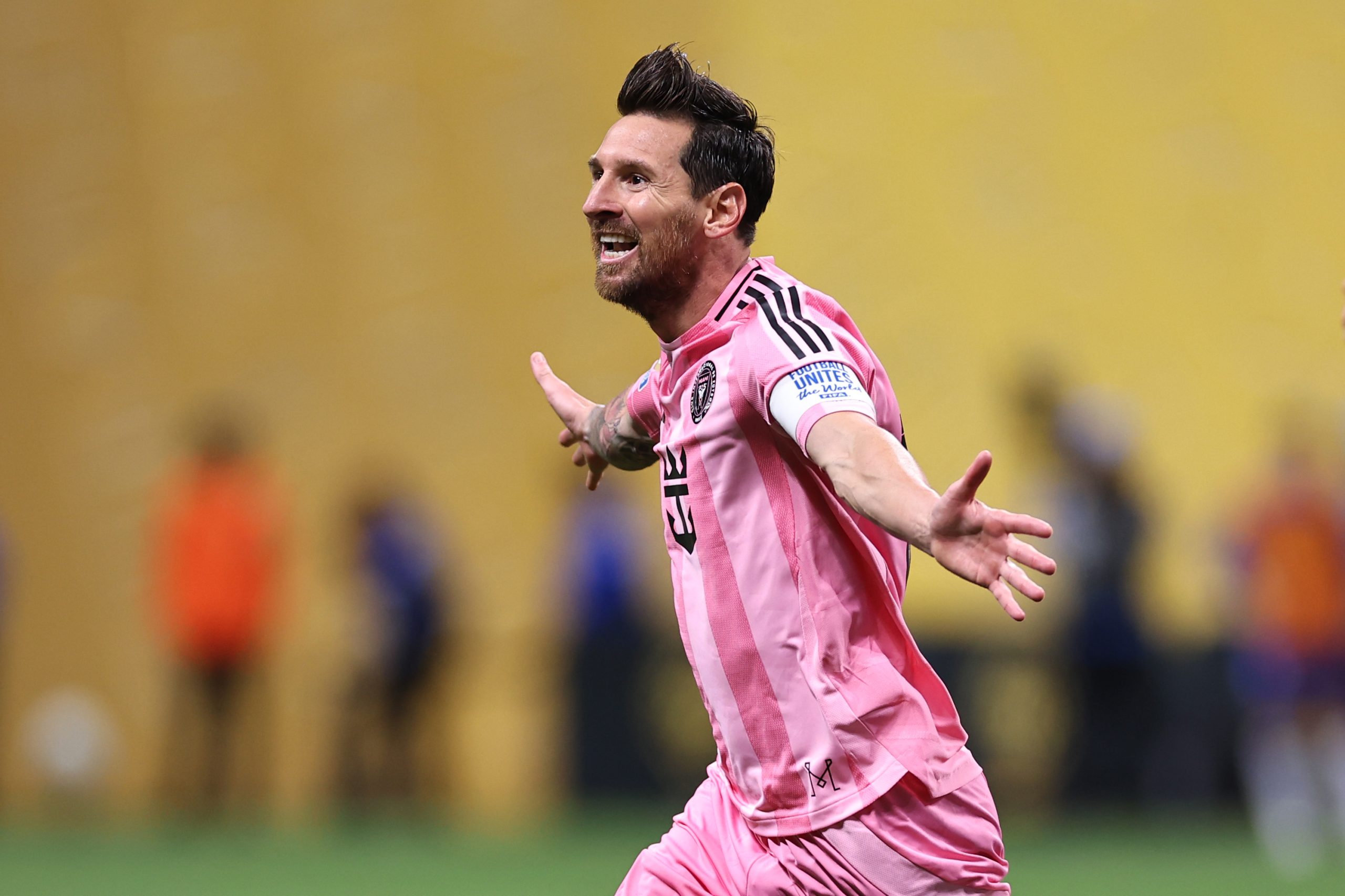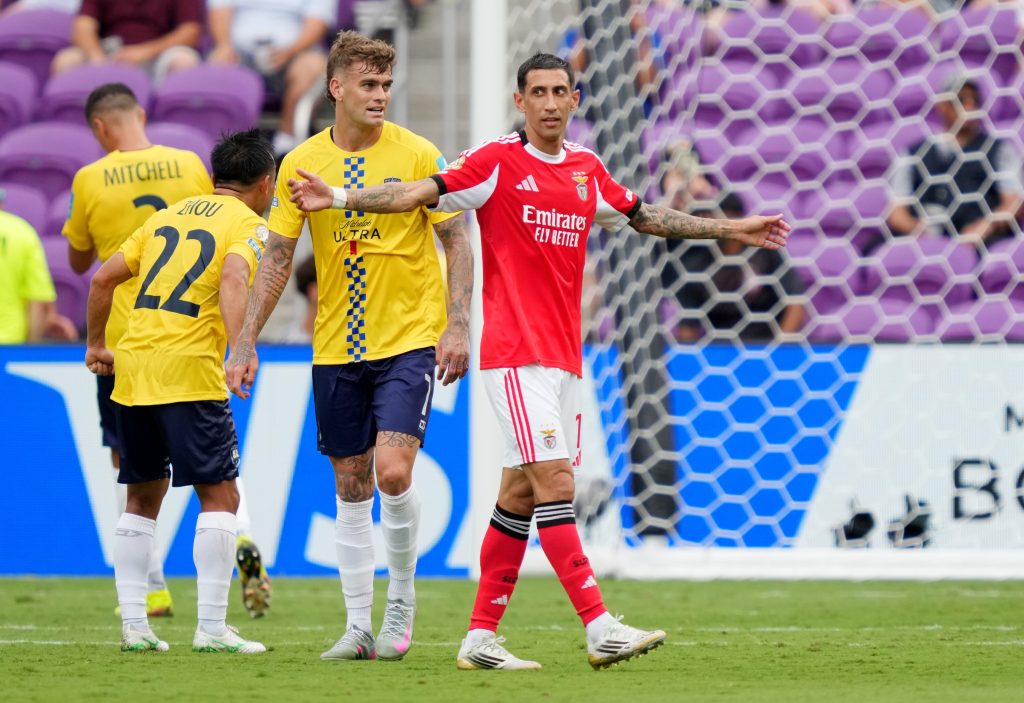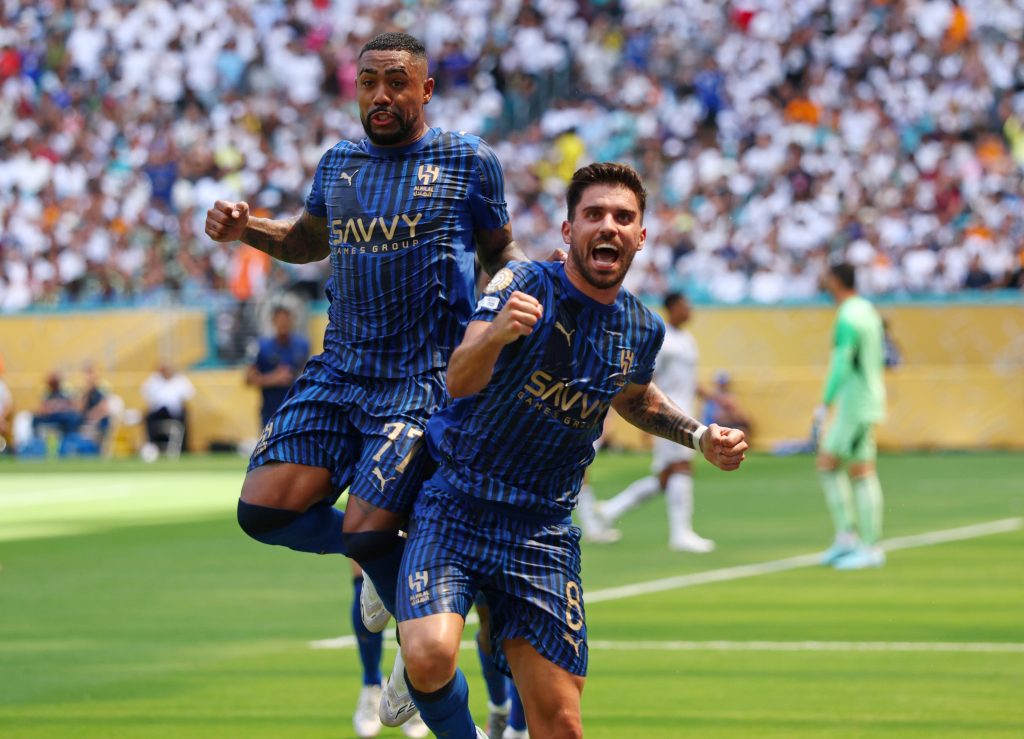Footballers need a break – the Club World Cup is crazy

It’s June 2025, and footballers should be sipping mojitos on a beach, recharging after a grueling season. Instead, they’re sprinting across sweltering U.S. pitches, dodging thunderstorms, and battling exhaustion in FIFA’s shiny new 32-team Club World Cup. The tournament, running from June 15 to July 13, has turned the traditional summer break into a sweat-soaked spectacle, leaving players, coaches, and fans wondering if football’s calendar has finally lost its mind.
With stars like Lionel Messi and Phil Foden grinding through yet another competition, the cries for rest are growing louder. Let’s dive into why the Club World Cup is pushing players to the brink and what it means for the beautiful game’s future.
The Club World Cup is seriously tiring players
The Calendar Crunch: No Room to Breathe
Football’s schedule is a relentless beast. Top players already face 70 to 80 matches a year, juggling domestic leagues, cup competitions, and international duties. The Club World Cup, slotted into the early summer break, has obliterated the one window where players could recover. FIFPRO, the global players’ union, has been waving red flags, citing research that demands a mandatory four-week break annually to protect physical and mental health.
FIFA’s response? A $1 billion prize purse to lure clubs into playing through the heat, with winners potentially pocketing £97 million. Manchester City’s Pep Guardiola, whose team is chasing glory in the tournament, admitted the season’s toll, noting his squad’s third-place Premier League finish and FA Cup final loss left them drained before even landing in Boca Raton. The calendar’s bloat, including outdated state championships in Brazil and ever-expanding UEFA competitions, means players are running on fumes.

Swelter and Strain: The Heat Is On
If the schedule wasn’t punishing enough, the Club World Cup’s U.S. venues are turning matches into saunas. Temperatures in cities like Charlotte and Philadelphia have hit 40°C (104°F), with humidity making it feel like players are running through soup. Chelsea’s Enzo Maresca had to cut training short in Philadelphia, calling the heat “impossible.” Borussia Dortmund’s substitutes watched the first half of a match in Cincinnati from the air-conditioned locker room, too uncomfortable to sit on the bench.
FIFA’s guidelines mandate cooling breaks when the Wet Bulb Globe Temperature hits 89.6°F, but FIFPRO’s pleas for more frequent pauses or lower thresholds have gone unanswered. Thunderstorms have delayed games, like Palmeiras vs. Al Ahly in New Jersey, forcing players to wait out lightning in locker rooms. Fans, too, are suffering, with reports of insufficient shade and water access at venues like Pasadena’s Rose Bowl. The 2027 Women’s World Cup in Brazil looms as another heatwave headache, raising questions about FIFA’s planning.
Pitch Problems: Bouncing Like Rabbits
The pitches at the Club World Cup are another sore point, literally. Paris Saint-Germain’s Luis Enrique compared the temporary hybrid grass at Seattle’s Lumen Field to “an NBA court full of holes,” saying the ball “bounced like a rabbit” during their win over the Seattle Sounders. These surfaces, often laid over artificial turf for NFL stadiums, lack the consistency of Europe’s pristine fields.
Last summer’s Copa América saw similar complaints, with Argentina’s Emiliano Martínez slamming Atlanta’s Mercedes-Benz Stadium pitch as a “disaster.” Poor surfaces increase injury risks and sap quality, frustrating players already stretched thin. FIFA’s ambition to make the Club World Cup a global showcase falters when the basics, like playable pitches, aren’t up to scratch. For a tournament aiming to rival the Champions League, these growing pains are a bad look.
The Glitz Over Grit: Showbiz Walkouts
FIFA’s attempt to Americanize the Club World Cup has sparked bemusement with individual player walkouts before matches. Inspired by U.S. sports like basketball and boxing, each starter struts out solo, announced to the crowd like a WWE wrestler.
Lionel Messi, last out for Inter Miami’s opener, soaked up the cheers, but others, like Urawa Red Diamonds’ Marius Hoibraten, looked awkward, barely acknowledging the cameras. Chelsea’s Romeo Lavia called it “a bit of showbiz,” suggesting the Premier League could adopt it, while Manchester City’s Nathan Ake wasn’t sold, joking about freezing in England’s winters waiting for teammates.
Fans are split: some love the razzmatazz, others find it gimmicky, arguing team walkouts better capture football’s collective spirit. The extra pre-match time has delayed kickoffs, adding to the sense that FIFA’s prioritizing spectacle over substance.
Leo Messi will meet the ex!
— 365Scores (@365Scores) June 24, 2025
Inter Miami qualified to the next round of the Club World Cup and will face freshly-crown UCL Champions PSG! pic.twitter.com/ZKpZi8Mk4i
South America’s Surge: A Silver Lining
Amid the chaos, the Club World Cup has showcased South American clubs punching above their weight. Brazilian sides like Botafogo, Palmeiras, and Flamengo have topped their groups, with no European club beating a Brazilian one since Corinthians stunned Chelsea in 2012.
Foreign investment, from Red Bull’s backing of Bragantino to the City Football Group’s stake in Bahia, has revitalized Brazil’s domestic game. Flamengo’s upset over Chelsea in Philadelphia and Palmeiras’ draw with Inter Miami thrilled South American fans, who’ve embraced the tournament as a mid-season highlight.
While European giants like Real Madrid and Bayern Munich remain favorites, the gap is narrowing, offering hope that global competition can still surprise. For players, though, the pride of representing Brazil or Argentina comes at a cost: more matches, more travel, and less rest.

The Prize Money Paradox
The Club World Cup’s £97 million jackpot for the winner is a double-edged sword. For clubs like Manchester City or PSG, it’s a chance to boost coffers and offset Financial Fair Play pressures. For smaller teams, like Morocco’s Wydad AC or New Zealand’s Auckland City, it’s a financial lifeline. But the lure of cash has blinded FIFA to player welfare. FIFPRO’s warnings about mental and physical burnout are backed by data showing top players’ match counts soaring past sustainable levels.
Manchester City left stars like Jack Grealish and Kyle Walker at home, partly to manage squad fatigue, while Inter Miami’s Sergio Busquets admitted pre-tournament they weren’t at the level to compete but had to try. The prize money fuels participation but doesn’t fix the toll on bodies and minds.
A win, but not the result they needed.
— 365Scores (@365Scores) June 23, 2025
Atletico Madrid are OUT of the Club World Cup after narrowly defeating Botafogo. ⚽ pic.twitter.com/UVZ6HiNtpS
Fans and Flops: Empty Stands, Full Frustration
The Club World Cup’s ambition to rival the Champions League is stumbling out of the gate. Stadiums are only 56.8% full on average, with some matches, like Benfica’s 6-0 rout of Auckland City, drawing sparse crowds. South American fans have shown up for Flamengo and Boca Juniors, but U.S. audiences, distracted by the Concacaf Gold Cup and baseball, haven’t bought in.
The tournament’s timing, clashing with players’ expected downtime, has fueled skepticism. Critics argue the Champions League already crowns the world’s best club, making the Club World Cup feel redundant. For players, low attendance adds insult to injury: they’re sacrificing their break for a tournament many fans don’t care about.
The Road Ahead: Can FIFA Fix This?
The Club World Cup’s issues, timing, heat, pitches, and player welfare, aren’t unsolvable, but FIFA’s track record raises doubts. Proposals like a winter slot or neutral venues with better infrastructure could ease the strain, but they’d require coordination with UEFA and domestic leagues, a tall order given their forever-war. FIFPRO’s push for mandatory breaks needs teeth, perhaps through player-led action or legal challenges.
The 2026 World Cup, looming in the U.S., Canada, and Mexico, will amplify these concerns if players enter it exhausted. FIFA’s focus on growth, from expanding tournaments to cozying up to sponsors, must balance with protecting the game’s heart: its players. For now, stars like Messi and Foden soldier on, but the breaking point is near.
The Club World Cup’s chaos is a microcosm of football’s modern dilemma: commerce versus care. Players are the game’s lifeblood, yet they’re treated like cogs in a money-making machine. The tournament’s South American resurgence and competitive upsets are thrilling, but they can’t justify the human cost.
As fans, we crave the drama of a Botafogo vs. PSG showdown or a Messi masterclass, but not at the expense of burned-out stars. Football’s soul lies in its players’ passion, not their exhaustion. If FIFA doesn’t hit the brakes, the beautiful game risks becoming a joyless grind, and that’s a loss no trophy can redeem.
By Nicky Helfgott – NickyHelfgott1 on X (Twitter)
Keep up with all the latest football news and Club World Cup news on 365Scores!



